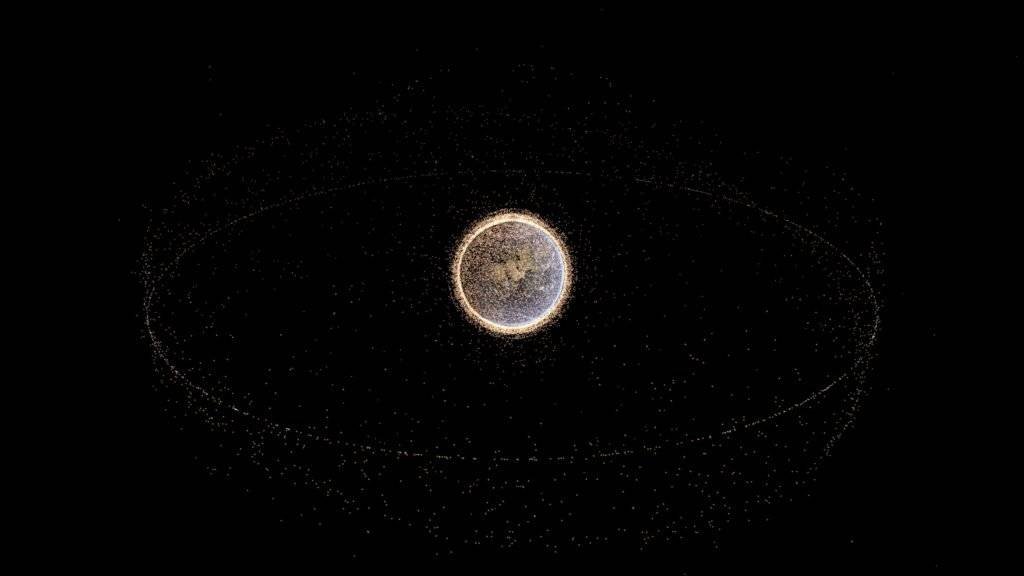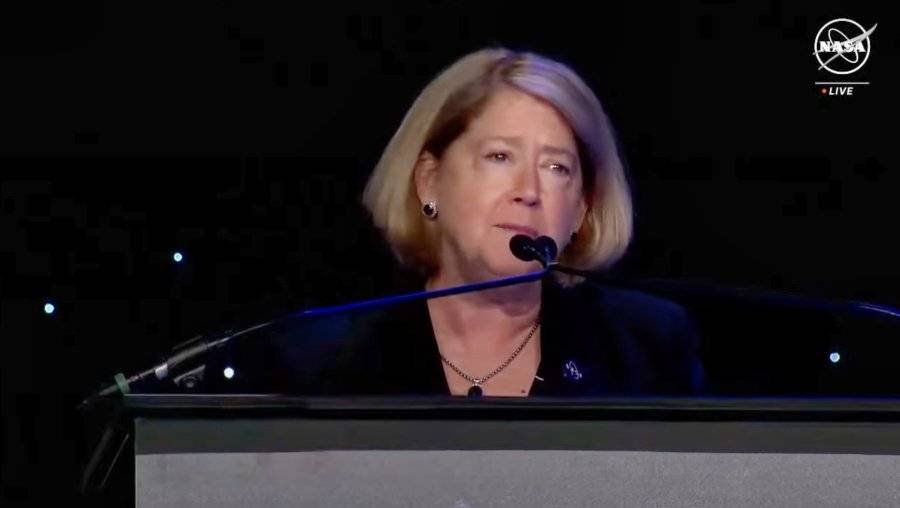In a groundbreaking announcement from Colorado Springs, NASA has rolled out an innovative space sustainability strategy aimed at confronting the escalating challenge of space debris. This strategic initiative marks a significant shift towards understanding and mitigating the risks posed by the crowded environment of Earth’s orbit.
As we stand on the brink of a new era in space exploration, the importance of maintaining a safe and sustainable outer space environment has never been more critical. With thousands of satellites orbiting Earth, along with countless pieces of space debris, the risk of collisions and the potential for catastrophic chain reactions in space, known as the Kessler Syndrome, is increasing. Recognizing the urgency of these challenges, NASA announced on April 9 the launch of its Space Sustainability Strategy, a comprehensive plan crafted to safeguard the cosmos for future generations.

Understanding the Gravity of Space Debris
Space debris, the remnants of defunct satellites, spent rocket stages, and fragments from collisions, poses a significant threat to active satellites, the International Space Station, and future manned missions to space. The cluttered space environment complicates navigation and increases the risk of unintended impacts, highlighting the critical need for a sustainable approach to space exploration and utilization.
A Novel Strategy for an Age-Old Problem
At the heart of NASA’s strategy lies a commitment to understanding the complex nature of space debris before jumping to technological solutions. NASA Deputy Administrator Pam Melroy, speaking at the 39th Space Symposium, emphasized the shift from intuition to a more analytical understanding of space sustainability. “We’re at a place where common sense and intuition isn’t going to cut it anymore,” Melroy remarked, highlighting the strategy’s initial focus on analyzing the problem through a comprehensive framework developed in collaboration with international and domestic partners.
Pioneering Collaborations and Frameworks
The first step in NASA’s strategy is the development of a widely accepted framework for assessing space sustainability. By working alongside domestic and international stakeholders, NASA aims to establish a shared understanding and approach to tackling the challenges posed by space debris. This collaborative effort is seen as foundational to the strategy’s success, ensuring a unified effort in preserving the space environment.
Innovative Solutions and Technologies
Upon establishing a solid framework, NASA plans to explore and develop technologies to enhance space situational awareness, debris management, and traffic coordination. These technologies are crucial for mitigating risks and ensuring the long-term sustainability of space activities. By focusing on breakthrough improvements and cost-effective methods, NASA is setting the stage for significant advancements in how we interact with and protect our space environment.
Revising Policies for a Sustainable Future
An essential component of NASA’s strategy is the revision of internal policies to support active debris removal and mitigate the creation of new debris. These policy updates, along with efforts to enhance collaboration with other federal agencies, the commercial sector, and international partners, are pivotal in achieving a holistic approach to space sustainability.
Charting the Course with Leadership and Investment
Recognizing the importance of leadership in this initiative, NASA plans to appoint a Director of Space Sustainability. This role will be central to implementing the strategy and coordinating efforts across the space community. While the specifics of the strategy’s funding remain under discussion, the focus is on laying a solid groundwork before committing to extensive technological investments.
A Deliberate Approach Amid Urgency
Despite the methodical pace of the strategy’s rollout, the need for action is urgent. Incidents like the close approach between NASA’s TIMED spacecraft and a defunct Russian satellite underscore the dangers of inaction. Melroy’s recount of the event serves as a stark reminder of the narrow margins preventing catastrophic collisions in space.
FAQs About Space Sustainability
This section would dive into common inquiries regarding NASA’s strategy, providing clear and concise answers to the public’s most pressing questions about space debris, technology development, and international collaboration in ensuring a sustainable future for space exploration.
Looking Forward: The Horizon of Space Sustainability
NASA’s Space Sustainability Strategy represents a forward-thinking approach to one of the most pressing challenges facing the space community today. By prioritizing understanding, collaboration, and innovation, NASA is not only working to protect the space environment but also ensuring that the final frontier remains accessible and safe for future explorers.
In an era where space is more accessible than ever, the need for a comprehensive strategy to ensure its sustainability has never been more apparent. NASA’s initiative sets a precedent for global efforts to safeguard our celestial surroundings, proving once again that when it comes to the cosmos, we are all stewards of the stars.
More on Space
NASA upgrades its Space Launch System mega-rocket design for Artemis missions
SpaceX Falcon 9 Soars: Impressive Double-Header Accomplishments

